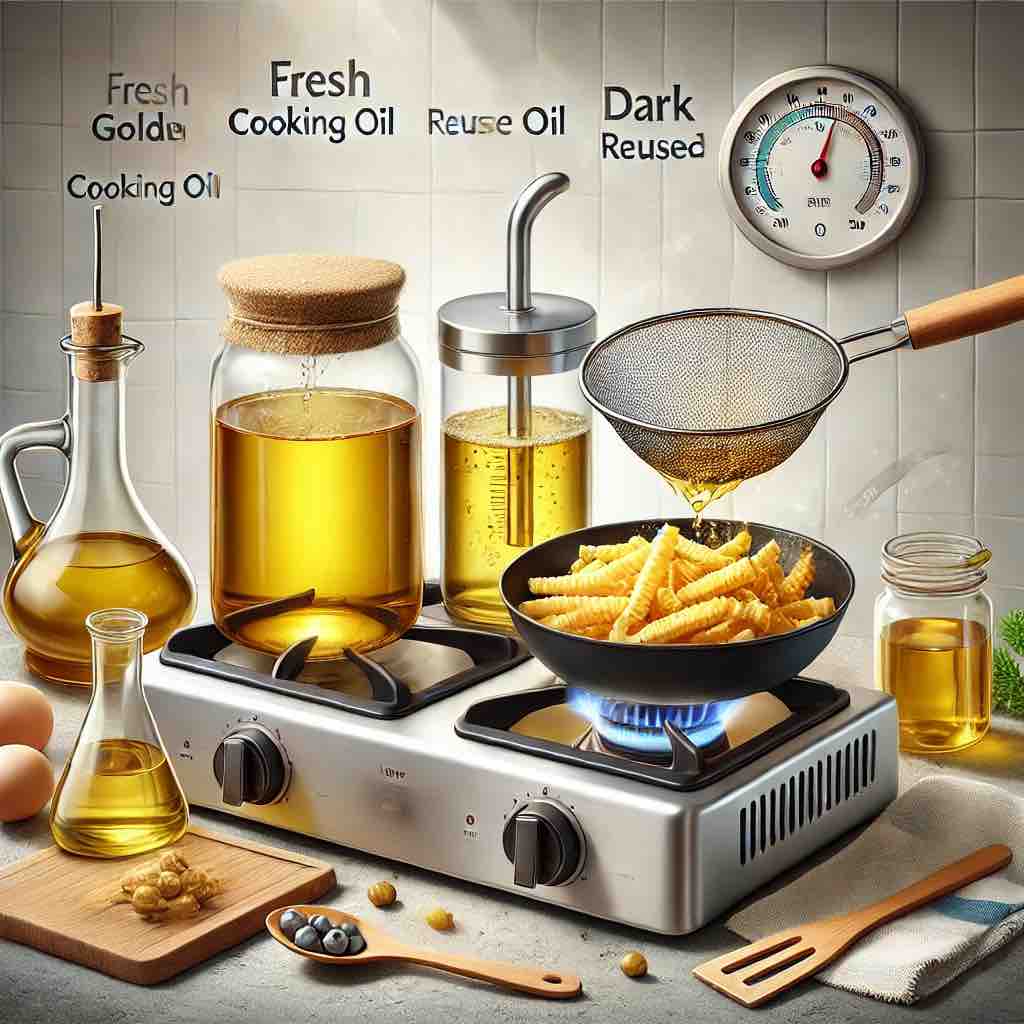
Deep-fried food, a staple in many cuisines, often involves reusing cooking oil. While this practice is common, especially in hawker centres, a recent investigation by CNA Insider raises concerns about its potential health impacts. This blog post delves into the key findings, exploring the dilemma faced by both hawkers and consumers in navigating the trade-offs between taste, cost, and health.
Widespread Reuse and Lack of Guidelines: The investigation revealed that all surveyed hawkers reuse their cooking oil, with over half reusing it five or more times. This widespread practice stems from the absence of official health guidelines on oil change frequency.
Health Risks Associated with Reused Oil: Laboratory tests demonstrated that reusing oil, even for just 2-3 times, leads to the formation of oxidized fats and aldehydes, both detrimental to health. Oxidized fats increase heart health risks, while aldehydes are known carcinogens, increasing the risk of cancer.
Impact of Reuse Frequency: Worryingly, the concentration of these harmful compounds, particularly aldehydes, almost doubles in oil reused more than five times compared to oil reused 2-3 times.
Visible Indicators of Oil Degradation: Consumers can be vigilant about the oil used in their food. The smoke point, the temperature at which oil starts to smoke and release harmful compounds, decreases with each reuse. A sustained release of smoke from the oil indicates a high level of degradation. Additionally, oil darkens in colour with repeated use, serving as a visual cue for potential harm.
The Hawker’s Dilemma: While acknowledging the health risks, many hawkers find it challenging to change their practices. Frequent oil changes translate into increased costs, especially with rising oil prices, and impact operational efficiency, potentially leading to customer dissatisfaction.
Home Cooking Offers More Control: Home cooks, however, can reuse oil more safely due to smaller batch sizes. Experts recommend several practices for safer reuse:
- Frying at lower temperatures (around 175-190°C) to minimize the formation of harmful compounds.
- Filtering oil after each use to remove food particles that contribute to degradation and taste transfer.
- Storing used oil in a cool, dark place to prevent further oxidation.
- Avoiding cross-contamination by using separate oil for frying different types of food, particularly pungent meats.
Ingredient Impact on Oil Degradation: Interestingly, the type of food fried also influences oil degradation. Frying meat, especially chicken, degrades oil faster than vegetables. This is due to the addition of fats, batter, and spices, which contribute to the formation of harmful compounds. It is advisable to discard oil used for frying meat after a single use, while oil used for vegetables can be reused a few times with proper care.
Striking a Balance: Reusing cooking oil is a complex issue with no easy solutions. While eliminating the practice entirely may be impractical, a combination of increased awareness, potential guidelines for hawkers, technological advancements, and consumer vigilance can help mitigate the health risks associated with reused cooking oil. Ultimately, finding a balance between taste, cost, and health is crucial for both hawkers and consumers.
Check the full CNA insider video here.
FAQs
- Why is reusing cooking oil harmful to health?
Reusing cooking oil leads to the formation of harmful compounds like oxidized fats and aldehydes, which increase the risk of heart disease and cancer. - How many times is it safe to reuse cooking oil?
Experts recommend reusing oil no more than 2-3 times, as repeated heating significantly increases harmful compound levels. - What are the visible signs of degraded cooking oil?
Degraded oil darkens in color, has a lower smoke point, and may emit a burnt smell or continuous smoke. - Can reused cooking oil be safe for home cooking?
Yes, if handled properly by filtering after each use, storing in a cool, dark place, and avoiding cross-contamination. - Does the type of food affect oil reuse?
Yes, frying meat, especially chicken, degrades oil faster due to added fats and batter compared to frying vegetables. - What temperature is safe for frying to minimize oil degradation?
Frying at lower temperatures, around 175-190°C, minimizes the formation of harmful compounds. - Can oil be reused after frying pungent foods like fish?
It’s best to avoid reusing oil after frying pungent foods, as flavors can transfer and affect the taste of subsequent dishes. - Is it safe to mix fresh oil with reused oil?
Mixing fresh oil with reused oil can reduce degradation to some extent, but it’s not a long-term solution to ensure safety. - How can consumers identify reused oil at hawker centers?
Look for food cooked in overly dark oil or oil that produces sustained smoke, which are signs of excessive reuse. - What are the best oils for frying and reuse?
Oils with high smoke points, like canola or peanut oil, are better suited for frying and reuse due to their stability.









